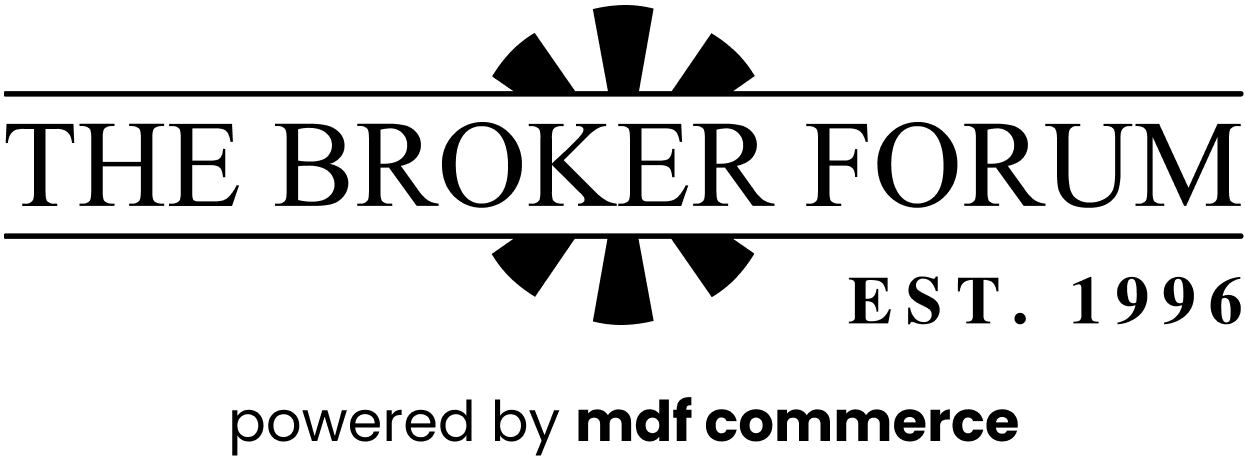Results for: HAT10
in Thyristors
Send an RFQ for this part NOW »
Select the line item to get a quote for part number HAT10 or refine your search within part number HAT10 part variation at the bottom of this page.
If you're not already a Broker Forum member, get your
free access to contact HAT10 vendors.
Thyristors
A thyristor is a solid-state semiconductor device with four layers of alternating N and P-type material. They act exclusively as bistable switches, conducting when their gate receives a current trigger, and continue to conduct while they are forward biased (that is, while the voltage across the device is not reversed). A three-lead thyristor is designed to control the larger current of its two leads by combining that current with the smaller current or voltage of its other lead - known as its control lead. In contrast, a two-lead thyristor is designed to 'switch on' if the potential difference between its leads is sufficiently large - a value representing its breakdown voltage. Some sources define silicon-controlled rectifiers and thyristors as synonymous. Other sources define thyristors as a larger set of devices with at least four layers of alternating N and P-type material. The first thyristor devices were released commercially in 1956. Because thyristors can control a relatively large amount of power and voltage with a small device, they find wide application in control of electric power, ranging from light dimmers and electric motor speed control to high-voltage direct current power transmission. Thyristors may be used in power-switching circuits, relay-replacement circuits, inverter circuits, oscillator circuits, level-detector circuits, chopper circuits, light-dimming circuits, low-cost timer circuits, logic circuits, speed-control circuits, phase-control circuits, etc. Originally thyristors relied only on current reversal to turn them off, making them difficult to apply for direct current; newer device types can be turned on and off through the control gate signal. A thyristor is not a proportional device like a transistor. In other words, a thyristor can only be fully on or off, while a transistor can lie in between on and off states. This makes a thyristor unsuitable as an analog amplifier, but useful as a switch.
Transistor > Thyristors > FET Transistors > MOSFET
| Part No. | DS | Manufacturer | D/C | Qty | Region | Action |
|---|---|---|---|---|---|---|
| HAT1072H-EL-E | Renesas | 2014+ | 86 | China | Request A Quote | |
| HAT1072H-EL-E | Renesas | - | 900 | Taiwan | Request A Quote | |
| HAT1072H-EL-E | Renesas | 2018+ | 906 | Hong Kong | Request A Quote | |
| HAT1072H-EL-E | Renesas | 2014+ | 85 | China | Request A Quote |
Transistor > Thyristors > Rectifiers
Part No. Variations
- HAT10
- HAT1004FEL
- HAT1016RMOS
- HAT1020R
- HAT1020R10ELE
- HAT1020REL
- HAT1020RELE
- HAT1020RELEQ
- HAT1020RJEL
- HAT1021R
- HAT1021REL
- HAT1021RELE
- HAT1021REX
- HAT1023R
- HAT1023RELE
- HAT1023RELQ
- HAT1023RWSE
- HAT1024R
- HAT1024RELE
- HAT1025RELE
- HAT1025RELEQ
- HAT1026R
- HAT1026REL
- HAT1026RELSOP8
- HAT1027H
- HAT1031TEL
- HAT10334351P
- HAT1033TEL
- HAT1036R
- HAT1036RELE
- HAT1036RELQ
- HAT1036RJEL
- HAT1036RJELE
- HAT1038R
- HAT1038RELE
- HAT1038RJELE
- HAT1041TEL
- HAT1043MEL
- HAT1043MELE
- HAT1044ME
- HAT1044MELE
- HAT1047
- HAT1047R
- HAT1047RJELE
- HAT1053MELE
- HAT1054R
- HAT1054REL
- HAT1055RELE
- HAT1055RJ
- HAT1059CEL
- HAT1072H
- HAT1072HE
- HAT1072HELE
- HAT1072HELECON
- HAT1081RELE
- HAT1090CELE
- HAT1091CELE
- HAT1093CELE
- HAT1097R
- HAT1097RJ
- HAT1097RJEL
- HAT1097RJELE
- HAT1107WPEL
- HAT1110R
- HAT1111CEL
- HAT1123R
- HAT1123RELE
- HAT1125H
- HAT1125HEL
- HAT1125HWSE
- HAT1126R
- HAT1126RELE
- HAT1126RJ
- HAT1126RJELE
- HAT1127H01EL
- HAT1128
- HAT1128R
- HAT1128R01
- HAT1128RELE
- HAT1128RJELE
- HAT1129R
- HAT1129RELE
- HAT112H
- HAT1130RELE
- HAT1131RELE
- HAT1132R
- HAT1139HELE
- HAT1142R02ELE
- HAT1142RELE
- HAT1142RMOS
- HAT1200S
- HAT13403V
- HAT15
- HAT1500S
- HAT1701
- HAT1701A
- HAT1702
- HAT1703
- HAT1704
- HAT1705

